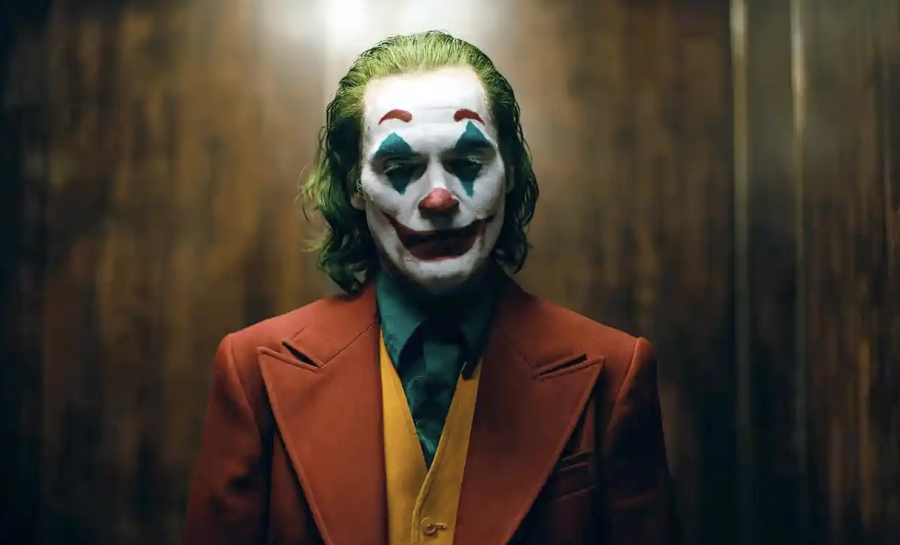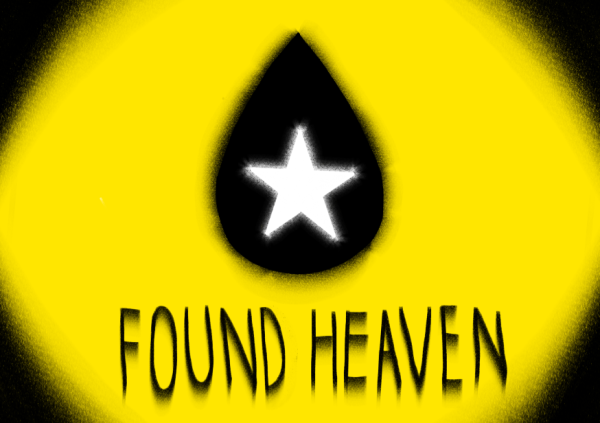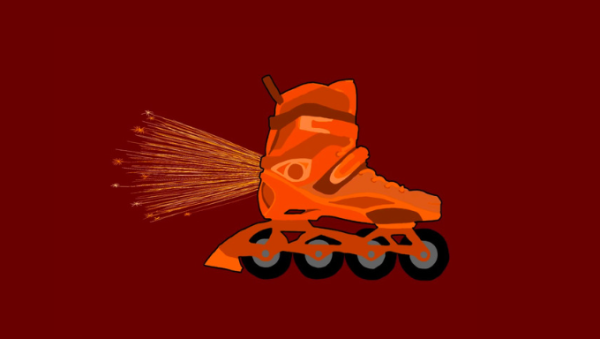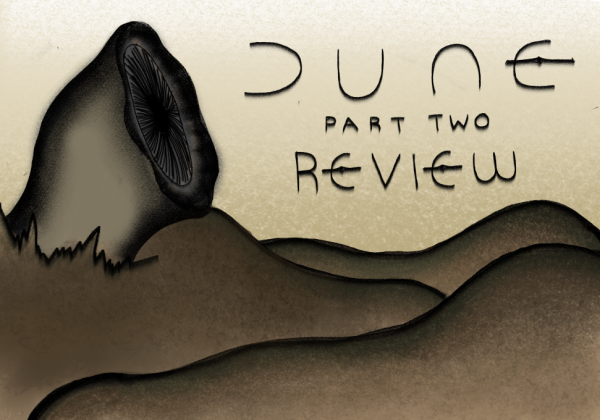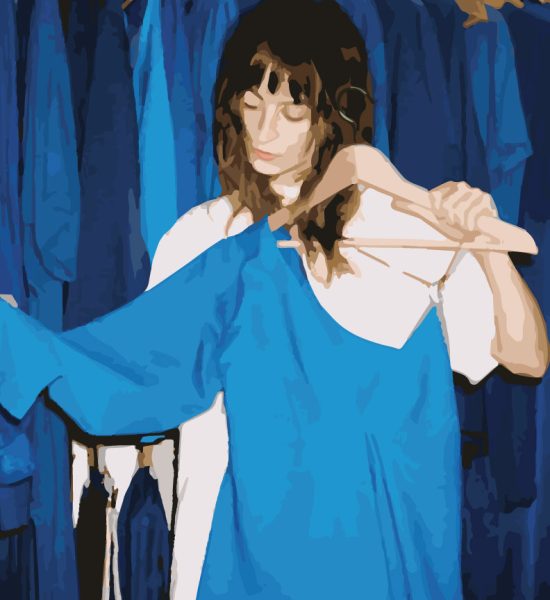A Look-Back on 2019’s ‘The Joker’
In director Todd Phillips’ exemplary knockout film Joker, Joaquin Phoenix is outstanding as a socially awkward introvert who transforms into the killer-clown Joker. The exceptional comic-book movie reflects a dramatic version of madness and delusion, something everyone in reality seems to face.
As we all know, audiences can’t get enough of a good bad guy: the kind of character we just love to despise. The more he behaves badly, the more we are drawn to him. Of course, just because we like a character doesn’t mean we are in agreement with them and their behavior; enjoying the catchy, frightening spectacle of evil conduct isn’t the same as acceptance.
Arthur Fleck, perfectly portrayed by Phoenix, is the aspiring stand-up comedian struggling to cope with a mental illness who will eventually transform into Batman’s mortal enemy. He stands before the audience in Todd Phillips’ hypnotically perverse and grippingly dark urban-nightmare comic fantasia not as a grand villain, but as a tragic example of raw human harm.
In spirit, the whole film is a twist on Heath Ledger’s work in The Dark Knight, the comic book protagonist who was a true psycho and a troublemaker so deep in his batty aggression that you could sense his discomfort even as you’re leering at his abuse.
Phoenix gives an outstanding performance. His ribs and shoulder blades droop and his face burns down to the crux of its expressive essence. With black eyebrows, sallow cheeks submerged in a shadow, and a mouth so rubbery it seems to snark at the mere idea of speech, everything is set off by a soggy mop of hair.
Phillips is far too reliant on his heroes for a filmmaker with enough talent to stand on his own. Nonetheless, he constructs a brilliantly confused psycho morality play inside the scheme, one that appeals to the era of mass murders, incels, and politics of the kind of hatred that comes from shattered dreams.
As Bruce Wayne enters the scene, the audience gets a tingle, as he’s more like an omen than a powerful figure. When Arthur emerges from his fury wearing splotchy makeup, green fur, an orange vest, and a rust-colored coat, there is an experience of a truly unhinged thrill.
It’s a supernatural moment of psychosis as he bounces like a demonic Michael Jackson on a long concrete stairwell outside of his house. In this instance, he’s not pretending to be The Joker. He’s just going with the rhythm of his improvisation. Just when we predict he’ll be humiliated when he gets his big opportunity to go on TV, we in turn see the character reborn with a sickly smile.
Unbelievably, the audience finds themselves on the joker’s side. The film does something potentially dangerous by offering the idea of evil and a clown-mask makeover, then transforming it into the sickest kind of ‘cool’ imaginable. The cinematography was tragic, gloomy, and fragmented. Gotham comes to life in the director’s vision as a flawed, cruel, and damaged city in its own right, like a sliver of light that never fully penetrates. It throbs at the very heart of the film, anticipating what is to follow. Despite criticism and controversy, The Joker secured 11 Academy Award nominations, the most of any movie recognized in 2019. People attempted to detract from the superb work of the makers behind the film, claiming that they didn’t merit their respective nominations.
Phoenix’s character will not be forgotten, as his work bridges the divide between masterpiece and mainstream movies. Although a film can receive rave reviews and be universally adored upon its initial release, it may easily fade into obscurity. Consider Winter’s Bone or Safe Haven, both of which were nominated for best picture. When they were first released, the two strong films received critical praise, but you likely can’t recall either of them.

Hi, this is my second year at Student Press! My family and I are from Haiti, we moved to Florida but now we live in Austin!

